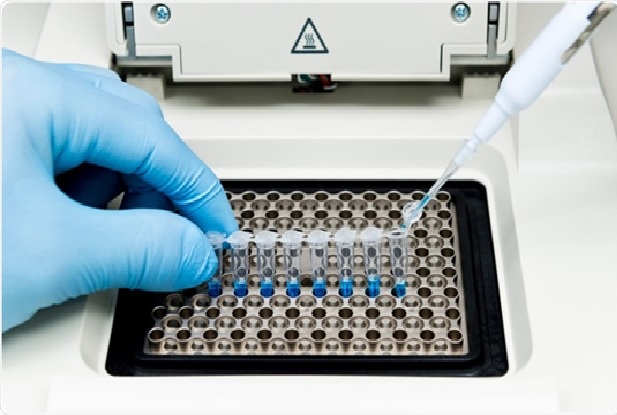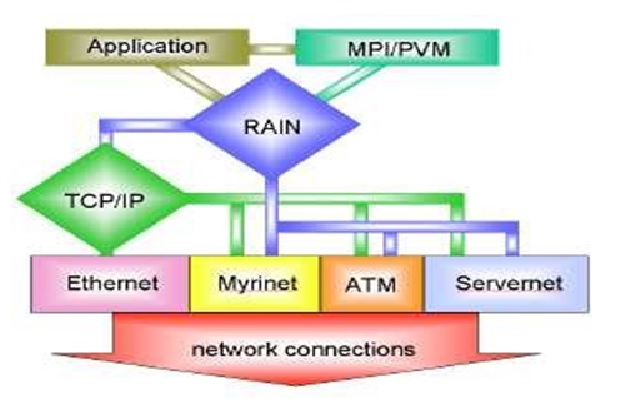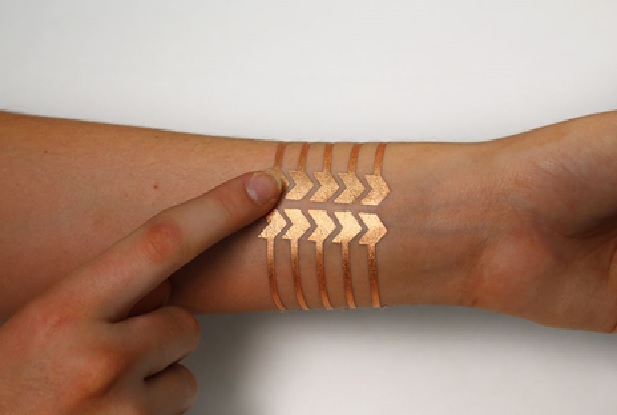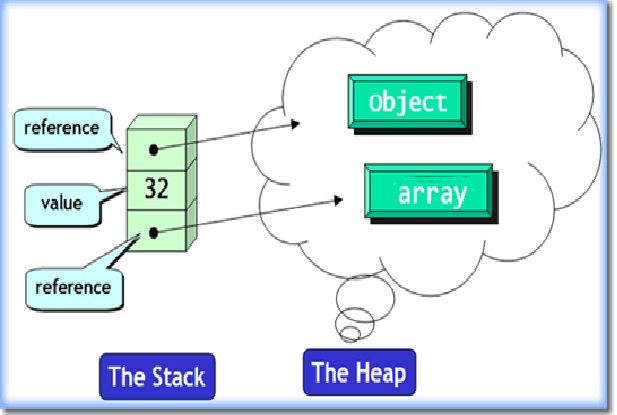RT – LAMP Technology
The use of RT-LAMP (reverse transcriptase—loop mediated isothermal amplification) has been considered as a promising point-of-care method to diagnose COVID-19. In this manuscript we show that the RT-LAMP reaction has a sensitivity of only 200 RNA virus copies, with a color change from pink to yellow occurring in 100% of the 62 clinical samples tested positive by RT-qPCR. We also demonstrated that this reaction is 100% specific for SARS-CoV-2 after testing 57 clinical samples infected with dozens of different respiratory viruses and 74 individuals without any viral infection.[1]

Figure 1. The RT – LAMP Technology
Figure 1 shows reverse Transcriptase-Loop Mediated Isothermal Amplification (RT-LAMP) test:
COVID-19 RT-LAMP test is a nucleic acid based test carried out from nasal/throat swab sample from patients.
Benefits:
- It is rapid (45-60 min), cost effective and accurate test.
- The advantage of this test is that the RT-LAMP based COVID-19 kit components are easily available and these can be completely manufactured in India. [2]
COVID-19 and RT-LAMP technology
RT-LAMP is the perfect technology for use in the COVID-19 pandemic due to its accuracy and relatively simple equipment. This means tests can be carried out in non-standard institutions, such as airports or rural hospitals or medical centers.
A primer set to be used for detecting the SARS-CoV-2 virus using RT-LAMP has been developed. This assay can detect the virus even with low sample concentrations. The sample preparation for this can be carried out in just one tube within minutes. Furthermore, only three buffers, a pulse-spin mini-centrifuge, and a 65°C heat block are needed to apply this method at institutions.
The primers designed for this target several key areas of coronavirus genomes, including the ORF1ab gene, S gene, and N gene. ORF1ab is involved in the replication of the viral genome, whereas the S gene is important for COVID-19 binding to human ACE2 protein. The N gene is a nucleocapsid protein conserved in most coronaviruses.
A key improvement in the COVID-19 LAMP assay is the speed and ease at which it can be carried out. Combining a standard LAMP assay with reverse transcription (thus making it RT-LAMP) is possible by commercially available reverse transcriptase, which shortens the reaction time to 20 minutes.
Furthermore, the color change associated with the presence of viral RNA, at levels as low as 80 copies per ml sample, is visible by the eye, and therefore detection equipment is not needed. This was achieved by using a pH indicator. Amplification of nucleic acids causes the release of pyrophosphate and hydrogen ions, which lead to decreases in pH, therefore making it possible to combine RT-LAMP with a visible pH indicator to infer the presence of COVID-19.
Despite this, there are some limitations to applying RT-LAMP in its current form. When testing the COVID-19 RT-LAMP method, cross-contamination was common. The authors believe this was due to the formation of aerosols from the RT-LAMP products. This would require the separation of the RT-LAMP reaction. Despite this, all 16 samples used in the study were correctly identified as positive or negative, which was verified by RT-qPCR. [3]
References:
- https://www.nature.com/articles/s41598-021-88506-y
- https://www.insightsonindia.com/2020/05/27/rt-lamp-based-test-for-coronavirus/
- https://www.news-medical.net/health/What-is-RT-LAMP-Technology.aspx
Cite this article:
Thanusri swetha J (2021),RT – LAMP Technology, Anatechmaz, pp. 64















